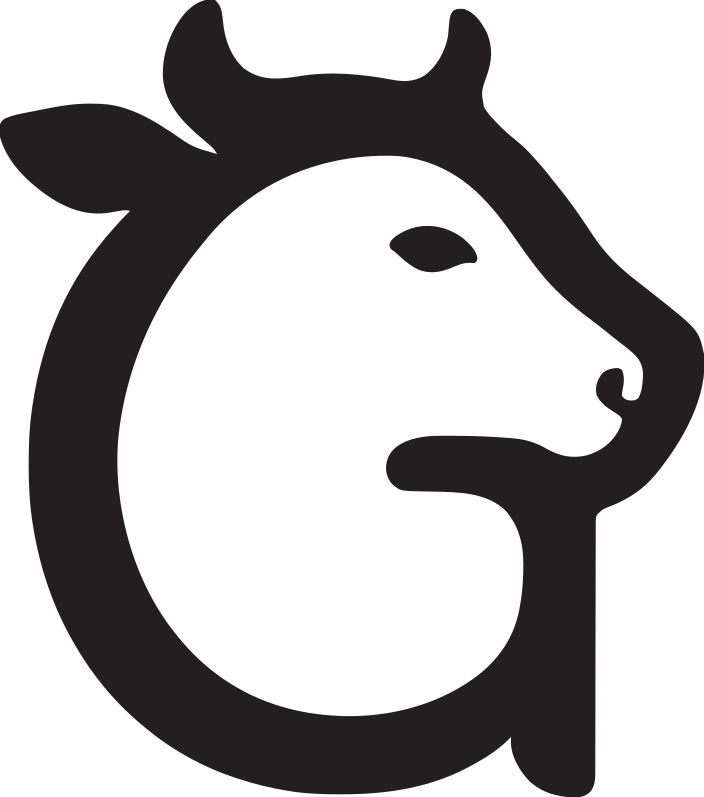Kankrej Cow
Bos taurus indicus
The Kankrej breed is distinguished by its unique physical characteristics and excellent dual-purpose capabilities. Originating from the Kankrej taluka in Gujarat, this breed is easily recognizable by its distinctive short face, broad forehead, and well-proportioned body. Kankrej cattle combine good milk production with exceptional draught capacity, making them valuable assets in traditional farming systems while maintaining superior heat tolerance.
Key Highlights
Distinctive short face and broad forehead
Excellent dual-purpose capabilities
Superior heat tolerance and adaptability
Good milk producer with quality draught capacity
Well-proportioned body with strong constitution
Physical & Production Characteristics
Physical Traits
Milk Production
Heritage of Gujarat's Agricultural Excellence
The Kankrej breed takes its name from the Kankrej taluka in Banaskantha district of Gujarat, where it was developed through centuries of selective breeding. This breed has been integral to Gujarat's agricultural success, contributing both to dairy production and field operations. Kankrej cattle gained prominence during the colonial period for their distinctive appearance and reliable performance. The breed has also contributed to cattle development programs in other countries, particularly in South America, where their heat tolerance proved valuable.
Pride of Gujarat Agriculture
Kankrej cattle hold a special place in Gujarat's agricultural heritage, symbolizing the state's commitment to livestock excellence. These animals are often showcased in agricultural fairs and cattle competitions for their distinctive appearance and performance. In rural Gujarat, owning quality Kankrej cattle is considered a mark of agricultural success and prosperity. The breed's contribution to both milk and work makes it highly respected in farming communities.
A2 Milk Health Benefits
Kankrej Cow produces superior quality A2 milk with numerous health advantages
Rich in nutrients adapted to Gujarat's climate
Good butterfat content for traditional dairy products
Proteins supporting active rural lifestyles
Traditional uses in Gujarati cuisine and sweets
Natural cooling properties in hot weather
Digestible nutrition supporting work activities
Conservation Status
Current Threats:
- •Competition from specialized dairy breeds
- •Mechanization reducing draught animal demand
- •Crossbreeding programs affecting breed purity
Conservation Efforts:
- •Gujarat state breeding development programs
- •Research institutions focusing on breed improvement
- •Gomini conservation initiatives through adoption
- •Farmer education on pure breed advantages
Geographic Distribution
Help Preserve the Kankrej Cow Heritage
Join thousands of families in conserving India's sacred indigenous breeds through Gomini's cow adoption program
